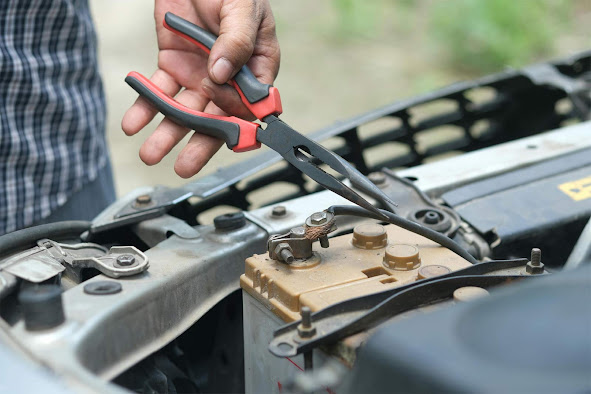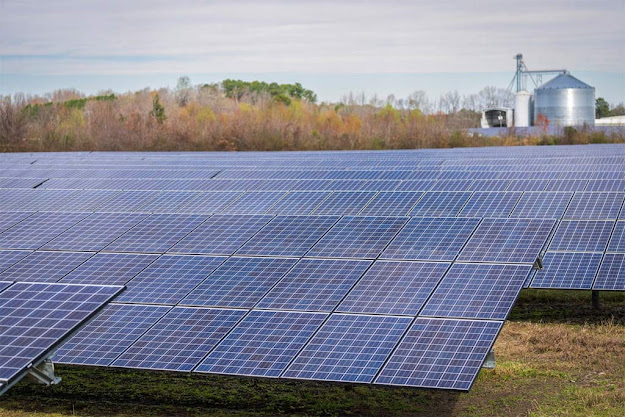Types of Car Starting Batteries
The evolution of car starting batteries is a fascinating journey through time, reflecting the advancements in automotive technology and materials science.
From the early days of lead-acid batteries to the latest developments in lithium-ion and beyond, the types of car starting batteries have evolved to meet the increasing demands of modern vehicles.
Lead-Acid Batteries
Lead-acid batteries have been the backbone of automotive starting systems since the late 19th century. Invented by Gaston Planté in 1859, these batteries are known for their reliability and cost-effectiveness.
They operate on a simple principle: a chemical reaction between lead dioxide (PbO2), sponge lead (Pb), and sulfuric acid (H2SO4) solution produces electricity.
Despite their weight and environmental concerns due to lead content, they remain popular due to their ability to deliver high surge currents required for starting engines.
Lead-acid batteries on average last 3-5 years, but if there are charging/discharging issues, even the new car batteries will keep on dying.
Variants of Lead-Acid Batteries
- Flooded (Wet Cell) Batteries: Traditional design requiring maintenance, such as water top-up.
- Sealed Lead-Acid (SLA) Batteries: Maintenance-free with a sealed design, including the Absorbent Glass Mat (AGM) and Gel Cell batteries. AGM batteries, in particular, offer improved performance and durability, making them a preferred choice for modern vehicles with start-stop technology.
Nickel-Cadmium (NiCd) and Nickel-Metal Hydride (NiMH) Batteries
Though less common for car starting applications, Nickel-Cadmium and Nickel-Metal Hydride batteries have seen use in some hybrid vehicles. NiCd batteries, developed in the early 20th century, offered higher energy density and durability but fell out of favor due to environmental concerns over cadmium.
NiMH batteries, which emerged as a more environmentally friendly option in the late 20th century, offer a good balance of energy density and cost. They are primarily used in hybrid vehicles for energy storage and assist in starting the engine.
Lithium-Ion (Li-ion) Batteries
Lithium-ion technology, which became commercially available in the early 1990s, has revolutionized not just consumer electronics but also the automotive industry, particularly with the advent of electric and hybrid vehicles.
Li-ion batteries offer a high energy density, lightweight, and long lifespan. These attributes make them ideal for not only powering electric vehicles (EVs) but also for starting traditional internal combustion engine vehicles. However, their higher cost and safety requirements (to prevent overheating and potential thermal runaway) are considerations manufacturers must address.
Lithium Iron Phosphate (LiFePO4) Batteries
A subset of lithium-ion technology, Lithium Iron Phosphate (LiFePO4) batteries, offer several advantages over traditional Li-ion batteries, including improved thermal stability, safety, and a longer lifecycle.
They are becoming increasingly popular in high-performance automotive applications due to their ability to provide consistent power output and reliability under extreme conditions.
Super Capacitors (Ultracapacitors)
While not a battery in the traditional sense, supercapacitors are worth mentioning due to their emerging role in car starting applications. Supercapacitors store energy electrostatically, allowing for rapid charging and discharging.
This makes them ideal for providing the quick bursts of energy required to start an engine. When used in conjunction with traditional batteries, they can extend the life of the battery by handling the energy-intensive starting process.
The Future of Car Starting Batteries
The automotive industry's shift towards electrification and sustainable technologies is driving innovation in battery chemistry and design. New materials, such as solid-state electrolytes, promise to offer safer, more efficient, and higher-capacity batteries.
These advancements could lead to car starting batteries that are not only more environmentally friendly but also more compact, powerful, and longer-lasting.
Long Story Short
The evolution of car starting batteries from lead-acid to lithium-ion and beyond reflects the broader trends in automotive technology and environmental awareness. As vehicles become more advanced, the demand for efficient, reliable, and sustainable starting batteries will continue to grow.
Innovations in battery chemistry and technology promise to deliver better performance, safety, and environmental sustainability, shaping the future of automotive power systems.



